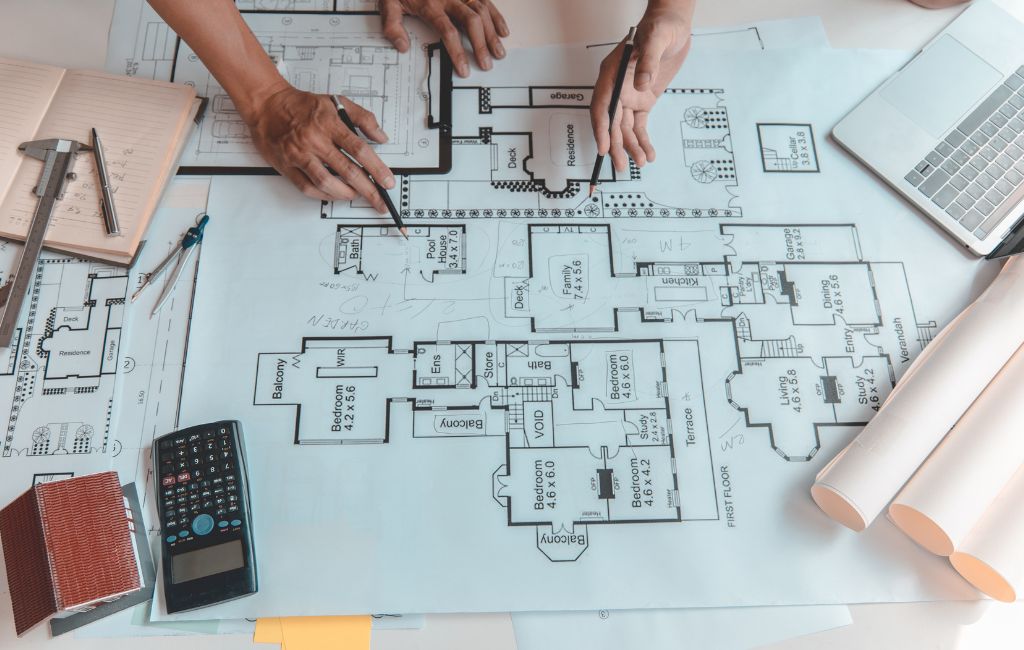
Architect Design Tips and Tricks
Designing a building is a complex process that requires creativity, technical knowledge, and a deep understanding of the client’s needs. Architects must balance aesthetics, functionality, and sustainability to create spaces that are not only beautiful but also practical and environmentally friendly. This article explores various tips and tricks that can help architects enhance their design process and deliver exceptional results.
Understanding the Client’s Vision
One of the most important aspects of architectural design is understanding the client’s vision. This involves more than just listening to their ideas; it requires a deep dive into their lifestyle, preferences, and long-term goals. By doing so, architects can create designs that truly reflect the client’s personality and aspirations.
- Conduct thorough interviews to gather detailed information about the client’s needs and desires.
- Use visual aids such as mood boards and sketches to help clients articulate their vision.
- Encourage open communication to ensure that the design aligns with the client’s expectations.
Emphasizing Sustainability
With growing concerns about climate change and environmental degradation, sustainable design has become a priority in architecture. Architects can incorporate eco-friendly practices to minimize the environmental impact of their projects.
- Utilize renewable energy sources like solar panels and wind turbines.
- Incorporate green roofs and walls to improve insulation and air quality.
- Choose sustainable materials such as bamboo, recycled steel, and reclaimed wood.
Balancing Aesthetics and Functionality
While aesthetics are important, functionality should never be compromised. A well-designed building should be both visually appealing and practical for its intended use.
- Consider the flow of movement within the space to enhance usability.
- Ensure that the design accommodates the necessary infrastructure, such as plumbing and electrical systems.
- Incorporate flexible spaces that can adapt to changing needs over time.
Incorporating Technology
Technology plays a significant role in modern architecture, offering new possibilities for design and construction. By leveraging technological advancements, architects can improve efficiency and precision in their projects.
- Use Building Information Modeling (BIM) to create detailed digital representations of the project.
- Implement smart building technologies to enhance energy efficiency and occupant comfort.
- Explore virtual reality tools to provide clients with immersive design experiences.
Learning from Case Studies
Studying successful architectural projects can provide valuable insights and inspiration. By analyzing case studies, architects can learn from the challenges and triumphs of others in the field.
- Examine the design process and decision-making strategies used in notable projects.
- Identify innovative solutions to common architectural challenges.
- Understand the impact of cultural and environmental factors on design choices.
Staying Updated with Trends
The field of architecture is constantly evolving, with new trends and technologies emerging regularly. Staying informed about these developments can help architects remain competitive and innovative.
- Attend industry conferences and workshops to learn about the latest trends.
- Subscribe to architectural journals and publications for ongoing education.
- Engage with online communities and forums to exchange ideas with peers.
Conclusion
Architectural design is a multifaceted discipline that requires a blend of creativity, technical skill, and client collaboration. By focusing on understanding the client’s vision, emphasizing sustainability, balancing aesthetics with functionality, incorporating technology, learning from case studies, and staying updated with trends, architects can create designs that are both innovative and impactful. These tips and tricks serve as a guide for architects seeking to enhance their design process and deliver exceptional results.